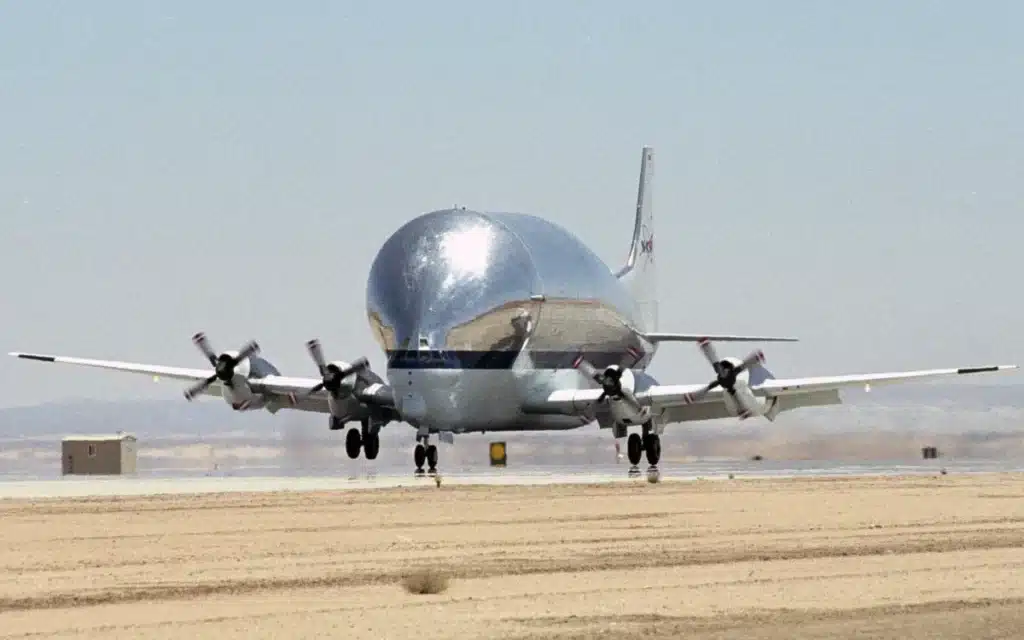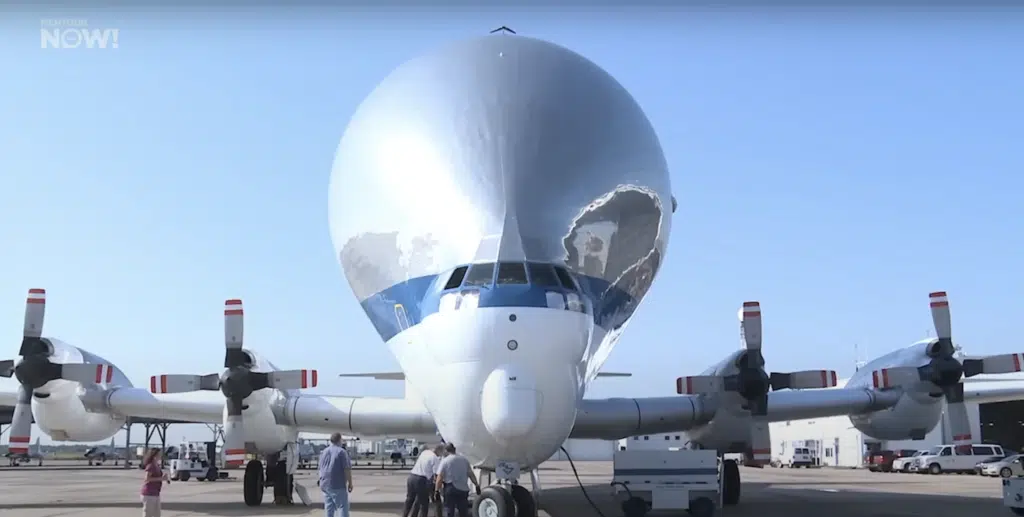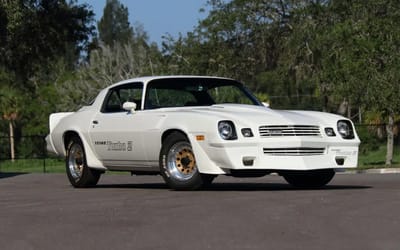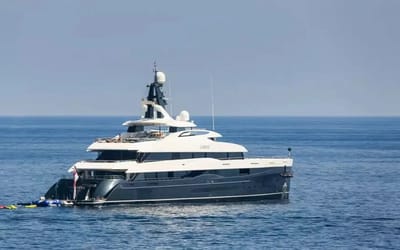Airbus used Boeing components to build two Super Guppys, essentially making Boeings
- Super Guppys date back to the 1960s and were used for large cargo by NASA
- Before the Airbus Beluga, Airbus created their own Super Guppys
- Airbus created two Super Guppys using parts from the Boeing Stratocruiser
Published on Aug 21, 2024 at 3:11 PM (UTC+4)
by Niamh Spence
Last updated on Aug 21, 2024 at 6:55 PM (UTC+4)
Edited by
Tom Wood
For those unfamiliar with the history of Super Guppys, you might simply know it as a huge aircraft or one that looks quite like a specific sea animal, thanks to its prominent nose and shape.
Yet the Super Guppy aircraft was a huge part of aviation and space history.
The aircraft can carry huge cargo – including engines and parts for rockets and planes – the Super Guppy became the go-to plane for NASA during the space race to the moon.
What’s also interesting is how Airbus came to make their own, using parts from Boeing aircrafts.
Does this mean Airbus made Boeings?
Well, kind of.
DISCOVER SBX CARS: The global premium car auction platform powered by Supercar Blondie

Airbus and Boeing
If you think this means that Airbus made Boeing planes when they built their Super Guppys, you’d be right to think that.
Yet it’s not quite as simple as that.
A YouTube video from Mentour Now! details how parts were used by Airbus from Boeing, but that doesn’t technically make their creations Boeing planes.
It’s confusing, but ultimately Airbus Super Guppy planes have parts of Boeing without being a Boeing.
One person commented: “I’m amazed at how there really is a lineage between the Guppies and the Belugas — and in an ironic way how Boeing helped Airbus succeed!”
Another shared: “I like how aircraft is like puzzle … getting all the parts from different aircraft.”
To understand how Airbus could be using parts from Boeing and how the Super Guppy and its strange shape was created, we need to look at the history of the aircraft.

The history of the Super Guppys
The original Super Guppys were used by NASA, and are still being used by them to this day including this one in Arizona.
The Super Guppy first flew on August 31, 1965, and is still in operation today.
Others were created after it and are heavily used in the US.
It was crucial during the Space Race, transporting Saturn rocket components for NASA’s Apollo missions.
Without the huge capacity of this aircraft, it would have been impossible to get parts and components to the NASA base and get their rocket built ready for launch.
They feature a unique design, but all features are ultimately to help get such a large aircraft into the air and to help it transport some of the heaviest cargo.
The original Super Guppys were a heavily modified version of the KC-97 Stratotanker, and measured 111 feet in length with a large wingspan of over 156 feet.
This aircraft could carry huge weight, even 48,000 pounds of cargo.
Airbus makes its own
Airbus didn’t step into the Super Guppy space until the 1970s, when they were still considered a relatively new company.
Taking on the Super Guppy Turbines (SGTs), Airbus bought two from ASI (later Tracor Aviation).

These planes were the first Guppy to have cockpit pressurization, allowing higher cruise altitudes.
By 1979, Airbus was granted the right to make more Super Guppy aircraft.
Building a huge aircraft like this is no mean feat, and rather than completely starting from scratch, Airbus did what we would all do – They found a shortcut.
Getting them made in Europe, Airbus used parts from the original Boeing 377 Stratocruiser, although the designs evolved and later used fewer features.
Still using the Boeing 377 for design, the new SGTs from Airbus had a wider floor so found they couldn’t have the same fuselage.
Yet the Airbus models had a Boeing 377 cockpit, the wings, most of the tail and the main landing gear and even used the nose from another Boeing model (the 707).
Airbus kept all four Super Guppy Turbines in service until the 1990s, until they were mostly retired out of service.
However, one of the Airbus-made Super Guppy Turbines is still in service today for NASA.




